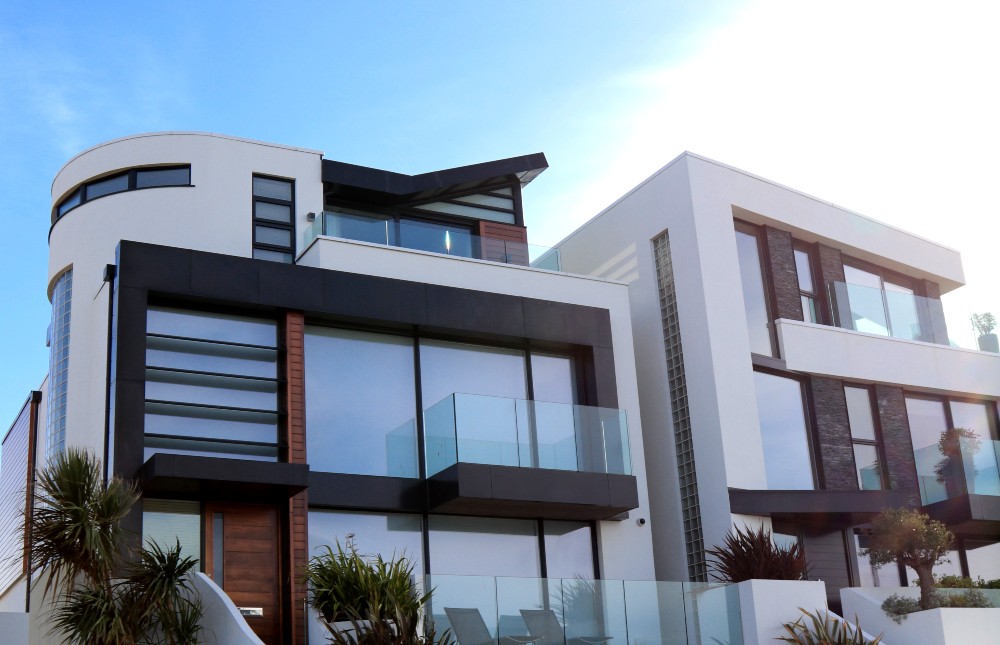A quick rundown
Rental property depreciation is one of the tax benefits that real estate investors can use when it comes to renting out a property. It works using various IRS rules based on the time it takes for the asset to depreciate due to wear and tear. Getting to grips with rental property depreciation can save investors lots of money over time.
Key Points
If you’re thinking about investing in real estate, you might’ve heard about the tax advantages that come along with it. These apply largely to taxable income, which means that it is useful for investors whose properties are being rented out. These tax advantages involve the depreciation rules on real estate assets. Let’s take a look at how to depreciate rental property and how investors can benefit from this strategy.
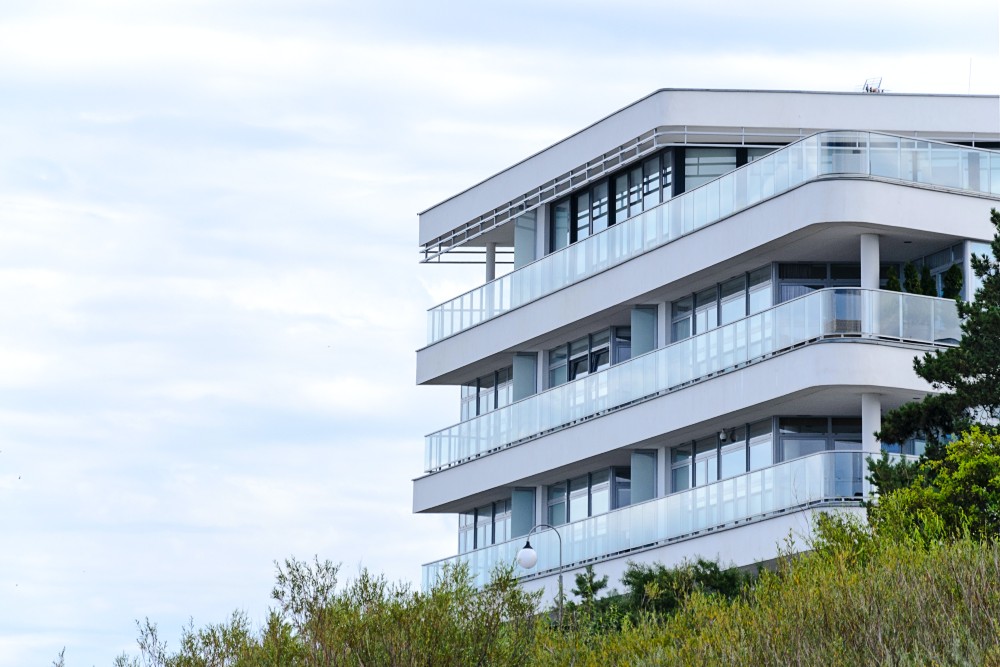
What is rental property depreciation?
Businesses usually deduct the costs of any assets that have been purchased, from tax. There are two ways to do it, either a once off deduction for smaller items such as office supplies or repairs, or a deduction of the cost of assets over a period of time, and this applies specifically to assets that have a useful life of one year or longer.
Depreciation refers to an asset with a measurable useful life, for example a piece of equipment that should last 5 years and costs $5000. This equipment can then be deducted from tax each year for the duration of that period for a specific amount.
When it comes to real estate, rental property depreciation refers to the deduction of costs for buying and improving a rental property over the useful lifespan of the property. As of 2020, the IRS has allotted a residential rental property a useful life of 27.5 years. Which means that if you’re a real estate investor, you can deduct 3.636% (100% / 27.5 years) of the property’s cost each year, from your annual income. The IRS has specific rules about depreciation so it’s important to understand the process first.
What are the benefits of depreciating a rental property?

Rental property depreciation essentially helps you decrease the amount of income that you’re getting which is subject to tax. So, the lower your taxable income, the less tax you’ll be paying. By being able to subtract your rental property expenses from your annual return, you can recoup some of the costs you have incurred on the property through these tax deductions.
Julio Gonzalez, founder and CEO of Engineered Tax Services in West Palm Beach, expands on this saying, “Any tax deduction can flow through all income tax deductions where losses generated from real estate would offset expenses from the business, bringing down tax liabilities from any type of income,”.
Here’s an example of how rental property depreciation can benefit you:
If you purchased a single-family home as a rental property and are receiving $18,000 gross rent but your operating costs total $9,000, your annual net income is $9,000 before depreciation. You can subtract $4,909 as non-cash depreciation expenses and you’re left with $4,091 as your taxable income.
Using depreciation can also shift you into a lower tax bracket and therefore you’ll be taxed even less on your income.
How to depreciate rental property
Step 1: Meet the requirements
The IRS has certain requirements that you’ll need to meet in order to depreciate a rental property, and these are:
- You must be the rightful owner of the property.
- The property is used for your business or it generates income for you.
- The property has a definite useful life span. In other words, the rental property will wear down over time, lose value, decay and so on, from natural causes.
- The property is expected to last for more than 12 months.
There are certain exclusions for depreciation, such as land, landscaping and clearing, as well as any property that you are no longer using for business in the same year that it was purchased. So, if you’re planning to fix and flip, you generally won’t be able to depreciate the property. This is why rental properties make the most sense for investors to depreciate.
Step 2: Crunch the numbers
You can calculate the depreciation of your rental property by looking at the following:
- The cost basis of the property: The total amount that you paid for the property, including your closing costs.
- The cost of land and buildings: You’ll need to separate the cost of the land from the actual building, because land cannot be included in the depreciation amount. You can use the property’s fair market value to determine the cost.
- Your basis in the house: This is the amount that you can use for depreciation on the property.
- Your adjusted cost basis: This is the cost basis but factoring in anything that’s happened between when you bought the property and when you began renting it out. Such as home improvements that have a useful life of at least 1 year. For example, if you bought a property for $200,000 and then spent $20,000 replacing the roof 2 years later, this would be added to your cost basis.
Step 3: Choose a system
There are 2 systems to choose from, the General Depreciation System (GDS), or the Alternative Depreciation System (ADS). GDS is the commonly used system and applies to properties that have been placed in service, so this is most likely the one you’ll use. ADS is applied to properties that are being used for business 50% of the time or less, have a tax-exempt usage, are used mostly in farming.
However, a tax accountant will be able to help you with the final calculations and they will have good advice on the most suitable way to depreciate your rental property. Then you can submit your deductions to the IRS and begin regaining some of the costs of the property.
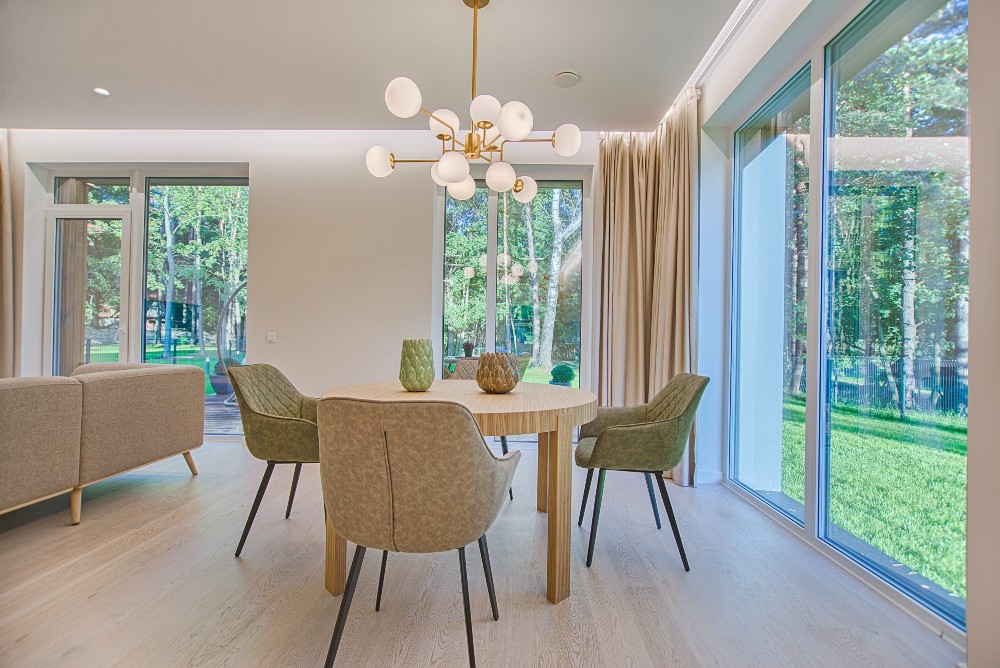
What is the formula for depreciation?
Straight line depreciation is the most commonly used method to calculate depreciation, where the value of the rental property is evenly distributed throughout each year of the property’s useful life span, and deductions are made accordingly.
The formula looks like this:
- Purchase price less land value = building value
- Building value / 27.5 years = annual allowable depreciation
Basically, for each year that you own the property, you can depreciate 3.636% of your cost basis. If your cost basis is $200,000 then your depreciation expense each year will be $7,273.
Rental property depreciation example
Let’s use an example to explain the depreciation calculation in a real-world situation. Let’s say that you purchased a rental property for $250,000 and you were planning on keeping it for 30 years. If the value of land amounts to $50,000, then your cost basis would be $200,000.
If you don’t do any major renovations or improvements in the first year, or at all, your cost basis would remain at $200,000. If you did, these would be added to the $200,000 cost basis. Depending on when you purchased the property and the month that it was put into service, the IRS will allocate a specific percentage of your cost basis that you can depreciate.
So, if you purchased the property and put it into service in June, you can depreciate 1.970% of your cost basis in that year and 3.636% per year after that. This will continue until your entire cost basis has been depreciated.
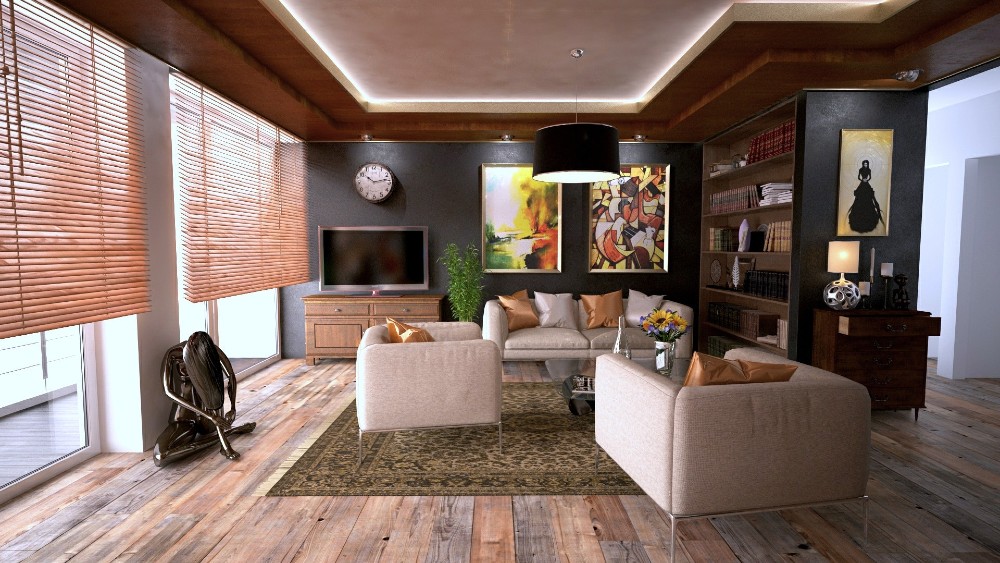
How long are rental properties depreciated?
Property depreciation begins as soon as the property is in service or is available to be rented. In most cases, a property is depreciated over a 27.5 year period, as determined by the IRS.
Once the property is removed from service by being sold or is no longer generating income, that can also bring an end to depreciation. When a property is sold to someone else, depreciation starts again at the beginning, so a new owner will begin their own 27.5 year cycle.
How to depreciate rental property improvements
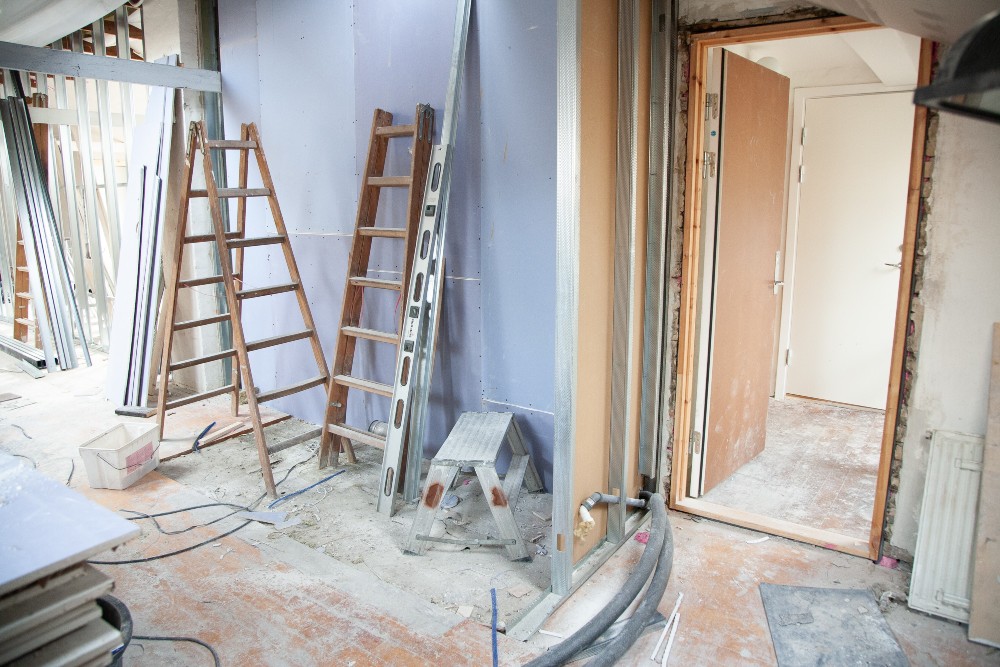
If you decide to do any improvements on the property, you may be wondering if you can depreciate these as well. The short answer is yes, you can. The IRS makes allowance for depreciation on home improvements, and these can be depreciated in a shorter time period than 27.5 years if need be.
For example a new fence may have a 15 year depreciation period, or new appliances may have a 5 year depreciation period. You can either keep a separate home improvements depreciation schedule, or you can add these into your overall cost basis, which will take your cost basis higher and increase your depreciation, which will help to shrink your taxable income.
Here’s how it works:
Adding your home improvements to your cost basis is called an adjusted cost basis. Some of the most common improvements made to rental properties are:
- Converting the attic into an apartment or adding on a garage
- Replacing the new electrical system or the HVAC system
- Changing the flooring
- Replacing the roof
Bear in mind that routine maintenance and repairs aren’t included in the cost basis, they’re counted as an expense against the operating income. For example, roof repairs due to wind damage wouldn’t be added to your cost basis, because the IRS won’t consider the repair an improvement.
For example, for a property with a $150,000 purchase price, you’d subtract the price of the land, let’s say $20,000, which would equal $130,000. Then you could add your home improvements to the building cost, so if your home improvements totalled $5,000, you’d add this to your cost basis which would now be $135,000. Over 27.5 years, the depreciation on $135,000 would then be $135,000 / 27.5 which equals $4,909 depreciation expense per year.
The IRS guidelines for the lifespan of certain assets is as follows:
- 5 years for office machinery, computers, appliances, carpeting and furniture
- 10 years for office furniture and equipment
- 15 years for roads and fences
When it comes to items like office furniture and machinery, depreciating these as individual assets can be a better idea than adding them to your overall cost basis. However, each case is different so it’s best to consider what works for your specific situation.
Rental property depreciation and capital gains tax
The drawback:
If you’re claiming rental property depreciation, remember that your capital gains tax can be impacted. How does it work? As you use depreciation to deduct from your taxes each year, your cost basis for the property decreases which impacts your capital gains tax. So, when it’s time to sell the property, you’ll have depreciation recapture.
Depreciation recapture can be explained easily with a quick example. If the cost basis on your property is $150,000 and you’ve taken a total of $10,000 in depreciation since you took ownership, the IRS will calculate your capital gains based on an investment of $140,000 instead. Which means that if you sell the property for $200,000, then the IRS will calculate the capital gains tax on a profit of $60,000 instead of $50,000.
A solution:
A 1031 exchange is one way to escape from having to pay capital gains tax when you’re selling your rental property. It involves purchasing a similar property with the proceeds of the sale. The trick is to use all of the proceeds that you’ve received from the sale, and to purchase the new property very soon after selling your rental. Having the same capital structure is an important part of this strategy and will help get you out of the capital gains tax dilemma.
Lastly, this article also goes into depth about what happens to depreciation when you sell a rental property.
What if I haven’t claimed depreciation?
If you didn’t know about rental property depreciation until now, it’s not too late. You can amend your tax returns to retroactively claim depreciation on your property. Complete the form 1040X, along with any other forms you may need, depending on what you’re going to change. For rental property owners you can complete schedule E.
Closing thoughts
Rental depreciation can have powerful benefits for real estate investors who are looking to save money by reducing their taxable income or shifting into a lower tax bracket. It can be a useful tool for rental property owners, however bear in mind that the property must be owned by the same tax payer and be generating income or be in service, in order to qualify for depreciation. Also, the bigger your cost basis, the larger your tax depreciation will be every year, so it’s vital to get your calculations correct before you begin submitting for depreciation.
Lastly, it’s also worth pointing out that even though you don’t have to depreciate rental property, choosing not to is extremely unwise in most cases. Long story short, if you own a rental property, you should figure out how to depreciate the property correctly, in order to benefit from this massive tax benefit.
